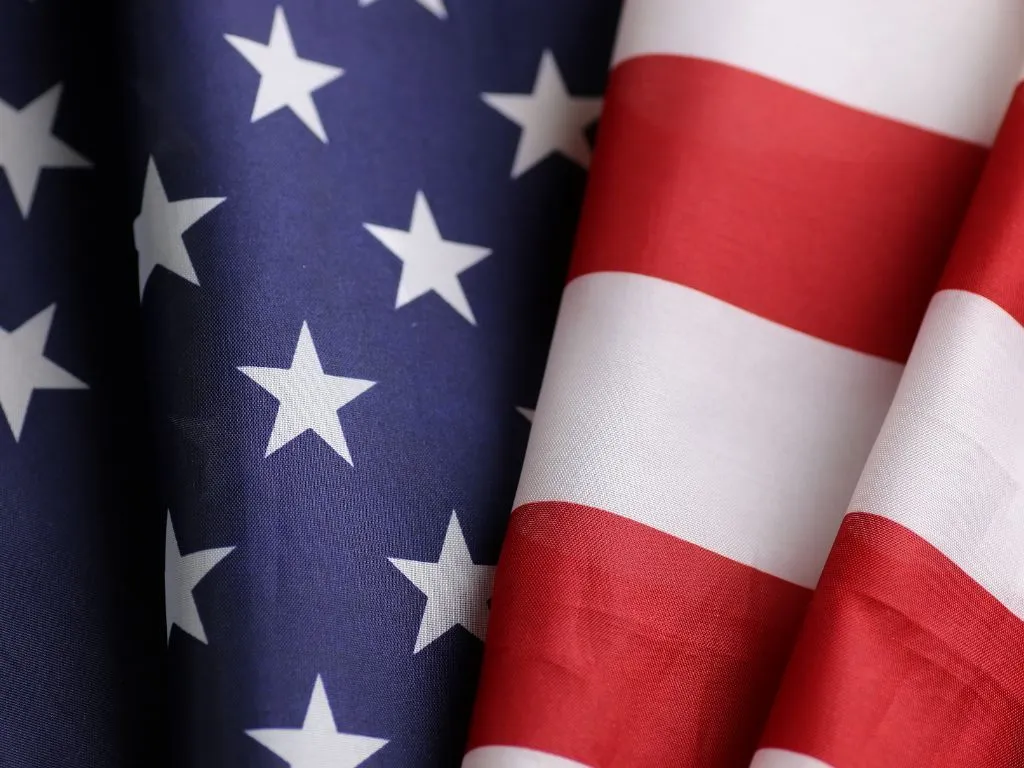News Details

Maine introduces PFAS ban in food packaging effective May 2026
Maine law 32 MRS §1733(3-B) requires the Department of Environmental Protection to initiate rulemaking to ban PFAS in food packaging as soon as safer alternatives are available. On April 18, 2024, the Board of Environmental Protection approved Chapter 80 Section 5, which bans per- and polyfluoroalkyl substances (PFAS) in specific food packaging sold in Maine. This prohibition will become effective May 25, 2026, two years after the rule's official adoption by the Secretary of State.
This new rule is the first major update to Maine's 1992 regulations to reduce toxics in packaging. The ban is based on a 2019 state law that has been delayed due to concerns about the cost and availability of non-PFAS alternatives.
Types of Food Packaging Affected:
Bags and Sleeves: Flexible, foldable containers for transporting food, including bags with sealed ends such as pinch-bottom bags.
Bowls: Open-topped, wide-rimmed containers designed for serving foods with significant liquid content, including portion cups.
Closed Containers: Fully enclosed containers with interlocking or overlapping walls for secure transport. Examples: clamshells, food pails, bakery boxes, deli containers.
Flat Service ware: Shallow, flat-bottomed containers with large surface areas or compartments for serving and transporting food. Examples: trays, cafeteria trays, plates.
Food Boats: Tray-like containers with high sides and no compartments.
Open-Top Containers: Containers that enclose food on all but one side and are used for serving or transporting food. Examples: paper cones, cups, bowls, food boats.
Pizza Boxes: Folded boxes for holding and transporting various sizes of pizza or calzones.
Plates: Flat service ware, either single-piece or with compartments, used for serving or holding food.
Wraps and Liners: Sheets used to wrap food or line other service ware to provide an additional barrier.
Exemptions
The prohibition does not apply to manufacturers with annual national food and beverage sales of less than $1 billion. This applies to any manufacturer of a food or beverage product that comes in a food package or to which a food package is applied.
Chemicals of High Concern List
The new regulations (32 MRSA, Chapter 26-B) require the Department to create and publish a list of up to 10 "Chemicals of High Concern" associated with food contact materials. This list will help track the use of these chemicals in food packaging. To qualify, a substance must meet these criteria:
-
Listing: Included on the Maine Chemicals of Concern list (Title 38, section 1693); or
-
Governmental Recognition: Recognized by an authoritative entity as:
-
A carcinogen, or a reproductive/developmental toxicant, or an endocrine disruptor;
-
Persistent, bioaccumulative, and toxic (PBT); or
-
Very persistent and very bio accumulative (vPvB).
-
-
Scientific Evidence: Credible scientific evidence that the chemical is a reproductive or developmental toxicant, endocrine disruptor or human carcinogen.
-
Exposure criteria: The chemical must also meet at least one of these criteria based on strong scientific evidence:
-
Detected in human blood, breast milk, urine, or other body tissues or fluids.
-
Found in food or beverage products through analysis.
-
Added to or present in a food package.
-
We acknowledge that the above information has been compiled from Maine Department of Environmental Protection.

 Twitter
Twitter
